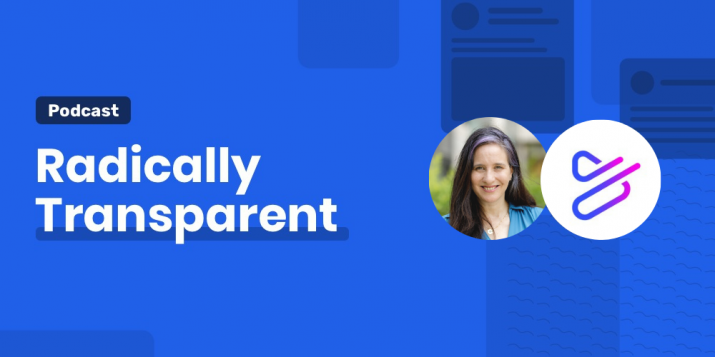7 Top frustrations with your employee advocacy app
You’ve drunk the Kool-Aid on employee advocacy. You’ve realized that your employees make a compelling force multiplier for social media engagement, and you’ve noticed how much the use of employee advocacy can increase conversion rates. You’ve even taken up two weeks of company time to train your employees in social media best practices. As your piece de resistance, you’ve implemented an employee advocacy app.
It does the two basic things such an app should do: (1.) Push shareable content to employees. (2.) Collect metrics on how your employees’ posts are being shared. But after you implement the app, you notice one problem: employee advocates don’t want to use it. What’s going on?
1. App fatigue
The average smartphone user accesses a whopping 40 apps per month.
Some, of course, are recreational apps, but a lot of them are for work. Before you hit your employees with another app, ask yourself how much time they spend on other workplace productivity apps.
If the answer is “a lot,” you may need to ask some questions about how to fit this new app into their schedule.
2. Time consumption
Employees are already overloaded with work so asking them to share content may seem like a time-consuming and complex task. The best way to encourage app adoption is by keeping it simple – turn content sharing into an intuitive, “click-and-go” activity.
Once employees realize how easy it is to share, they will be able to integrate it into their daily routine and share on the go, wherever they are.
Recommended for further reading
3. Difficult to share
Many basic engagement apps simply email pre-written social media posts to your employees, who then copy and paste them to their various platforms.
This is a bad workflow design. Twitter, Facebook, and Twitter all have APIs for a reason – let your users post to social media directly from within the app.
4. Poor UI
Over 70% of all users will abandon an app within three months. Make sure they don't abandon your employee advocacy app Click To Tweet
Bad UI and UX design can kill app adoption. Over 70% of all users will abandon an app within three months, and bad UI is a prime culprit. There are two ways to solve this. The first way is to choose better designs.
The second—and somewhat more straightforward—approach is to have a detailed onboarding process for all users, which can reduce churn by as much as 500%.
5. Poor metrics
Social advocacy can seem like a thankless job – employees share content and see zero results. Unless you show them how doing so moves the needle, they’ll be unlikely to participate in your program.
Giving employees an app that allows them to see how much impact they’re generating across various metrics (reach, engagement, revenue), will encourage them to share more. To top it off, celebrate their success and recognize their efforts through “top employee advocate” awards and announcements.
Soon enough, you will see results in the form of higher app engagement and positive ROI.
6. No room for customization
Each employee leads by individual interests, expertise, and target audience. Yet, a bad employee advocacy app limits users from expressing these differences; it expects them to echo the same corporate message, leading to a frustrated and disengaged workforce. This is just one example of how lack of customization can sink app engagement.
On the other hand, a user-centric app gives employee advocates the ability to personalize their posts and zero in on the content they care about. At the most basic level, a good employee advocacy app should give them the tools to filter, edit, and share content to suit their preferences!
The more you offer room for their voices to be heard, the more eager they will be to share your content.
The more you offer room for employee voices to be heard, the more eager they will be to share your content. Click To Tweet
7. Slow loading
Employees, especially millennials, have poor attention spans. Google once published a study showing that an extra half-second of lag on their search pages would generate a 20% drop in traffic – and Google is a somewhat popular website! Imagine debuting a new application to your employees, only for them to find that it’s slow to load. Would any of them adopt it?
A good solution for slow loading speeds is a simplified app. The smaller and easier your app is to use, the faster it will load. These principals will also make your app more usable in general.
If simplification doesn’t solve the problem, consider investing in a content delivery network (CDN), which will cache elements of your application locally for faster loading speeds.
Increase participation with Oktopost’s employee advocacy app
Don’t get stuck with an employee advocacy app that turns off your employees – turn to Oktopost instead!
Our powerful application has granular controls for managers and a simple, easy-to-learn UI for users. With fast loading time and an intuitive interface, the Oktopost employee advocacy app makes content sharing quick and rewarding for every user. Learn more about our solution today!


